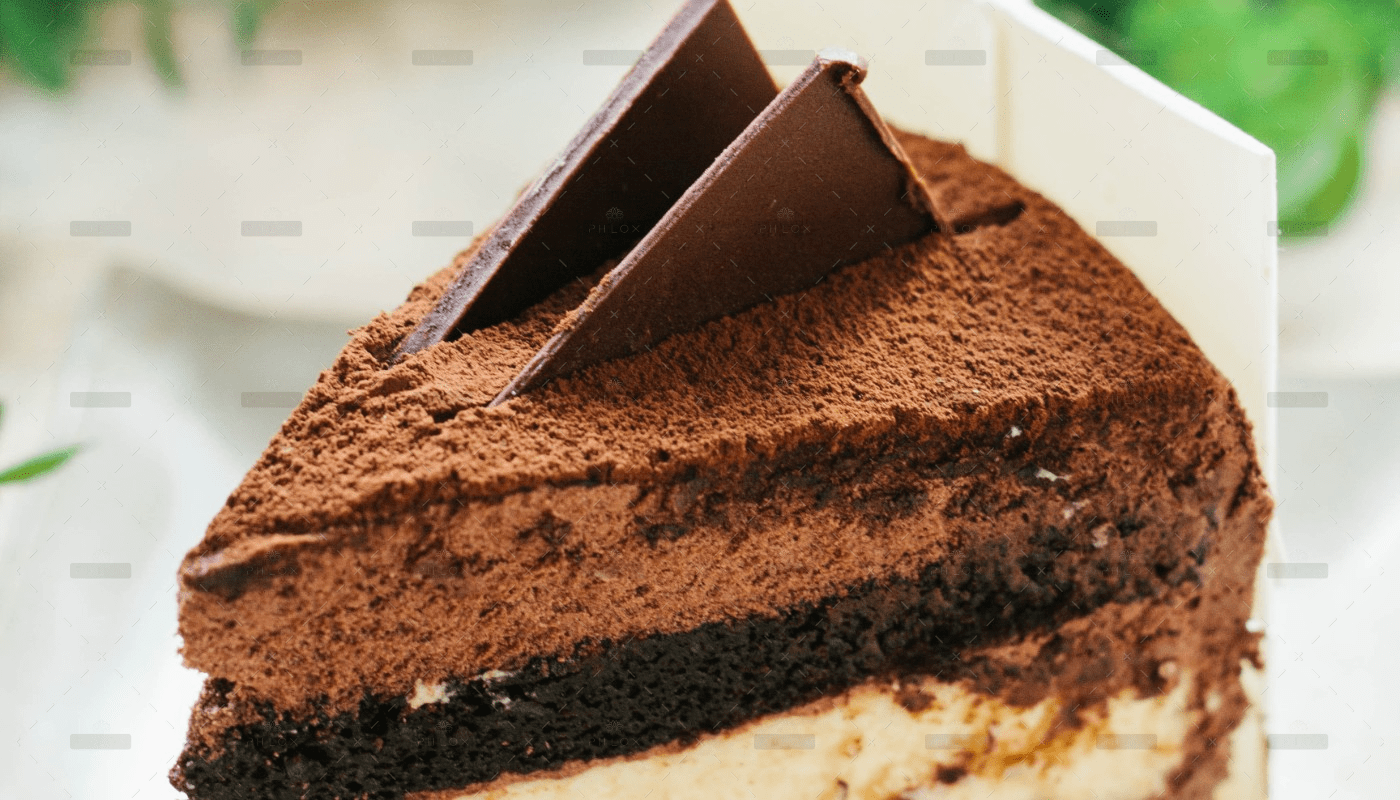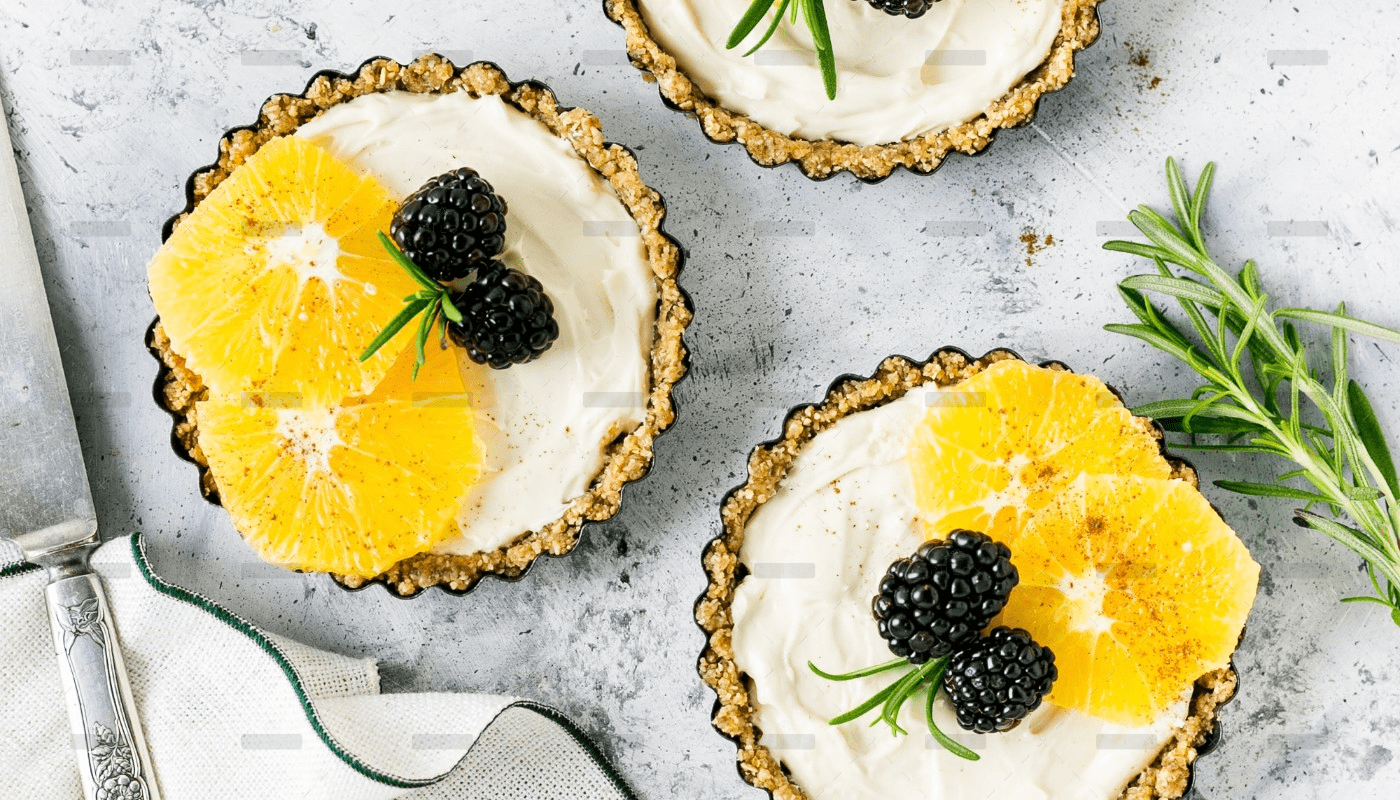Buttercream icing is a classic frosting that is used in a variety of desserts, from cakes to cupcakes to cookies. Its rich and creamy texture, coupled with its versatility, makes it a favorite among both bakers and dessert lovers. However, getting the perfect consistency and flavor can be a challenge, even for experienced bakers. In this blog article, we will explore some tips and techniques that will help you achieve the perfect buttercream icing every time.
Tip #1: Use Room Temperature Ingredients One of the most important tips for making buttercream icing is to use room temperature ingredients. This means that your butter, cream, and any other dairy or egg-based ingredients should be at room temperature before you begin. This ensures that all the ingredients blend together smoothly and create a consistent texture.
Tip #2: Beat Your Butter Another key tip for making buttercream icing is to beat your butter before adding any other ingredients. This allows the butter to become fluffy and light, which helps create a smooth and creamy icing. Be sure to beat the butter for at least 3-5 minutes before adding any other ingredients.
Tip #3: Add Your Ingredients Gradually When making buttercream icing, it’s important to add your ingredients gradually. This ensures that everything is well-mixed and blended together. Start with a small amount of powdered sugar, and gradually add more as you mix. This will prevent clumps from forming and create a smooth, creamy texture.
Tip #4: Add Flavorings Buttercream icing is versatile and can be flavored in a variety of ways. You can add vanilla extract, almond extract, lemon zest, or any other flavorings that you prefer. Be sure to add your flavorings gradually and taste as you go to ensure that you achieve the desired flavor.
Tip #5: Use the Right Consistency The consistency of your buttercream icing is important, as it can affect how it looks and feels on your desserts. If your icing is too thick, it can be difficult to spread and may create uneven layers. If it’s too thin, it may not hold its shape and can become runny. To achieve the perfect consistency, start with a small amount of liquid, such as milk or cream, and gradually add more as needed.
Technique #1: Piping Buttercream Icing Piping buttercream icing is a great way to add decorative touches to your desserts. To pipe, fill a piping bag with your buttercream icing and attach a piping tip. Hold the bag at a 90-degree angle to your dessert, and gently squeeze the bag while moving in a circular motion to create the desired design.
Technique #2: Storing Buttercream Icing Buttercream icing can be stored in an airtight container in the refrigerator for up to two weeks. If you need to use it again, simply bring it to room temperature and re-beat it to restore its texture and consistency.
In conclusion, buttercream icing is a versatile and delicious frosting that can be used in a variety of desserts. By following these tips and techniques, you can achieve the perfect buttercream icing every time, whether you’re a novice or an experienced baker. So go ahead, experiment with different flavors, and enjoy the rich and creamy goodness of buttercream icing on your favorite desserts!

 Cart is empty
Cart is empty 








